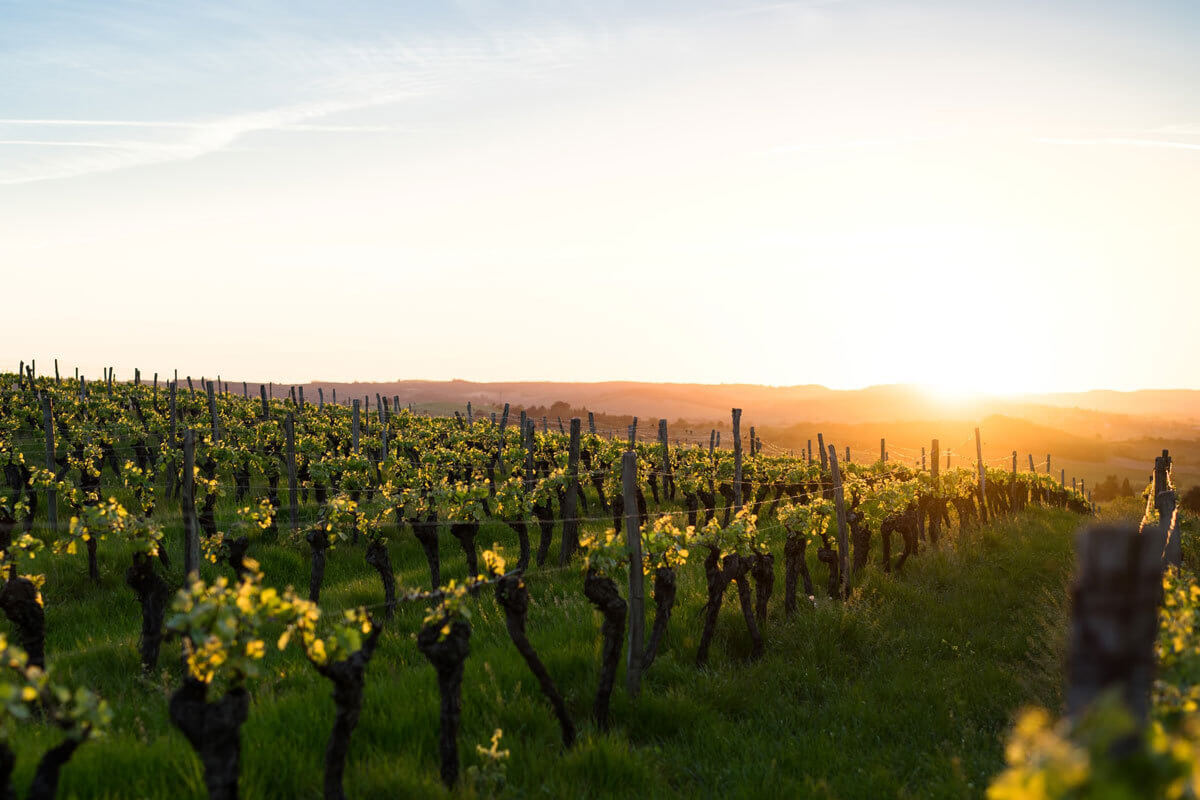Over centuries, wines have been labelled with their place of origin as a synonym of quality. But is it possible to recognize if a wine is better than the other just by looking at their labels? Although is not a guarantee, almost every wine producing country have established a wine classification system (based on the origin) to guide the consumers about the type of wine that’s inside every bottle. Here we explain you what it is about.
You have probably heard of Champagne, Porto, Rioja, Bordeaux or Chianti wines. These are some of the most prestigious wine Appellations in the world, famous for its unique quality. But what does Appellation mean? Appellations correspond to the place of origin of the wine; the place where the grapes were harvested. Although there are some exceptions, such as Cava (from Spain) or Vinho Verde (from Portugal) whose name doesn’t correspond to the geographical name. But the rest of the Appellations are mostly related to the name of area. The same happens with the Denomination of Origin (D.O) system that is used (with their respective variations) in countries such as Argentina, Australia, Chile, New Zealand and Spain (in addition to the Qualified Denomination of Origin (DOC)).
While France have the well-known Appellation d’Origine Controlee (AOC) system, based on where and how wines are made, Italy uses the Denominazione di Origine Controllata (DOC) scheme. Which, unlike the French method, also includes the technique used to make the wine. And, sometimes, guarantees a quality standard of certain wines given by the government called Denominazione di Origine Controllata e Garantita (DOCG).

Origin wines are something like intellectual property rights, so wines can’t be copied or fake. If the label indicates a certain origin through an AOC or D.O, to name some of the regulations, this assures the consumer that their wine actually comes from a particular geographical area, guaranteeing that the wine will have the characteristics and qualities that are essential of the place of origin. And, in addition, that the specific rules about it’s production (ranging from the way of working the vineyard to packaging) were respected. It’s a kind of guarantee provided by the law of each country.
In Chile, the Denomination of Origin system isn’t as strict as the Appellation system used in the Old World. It is a geographical delimitation between regions, sub-regions, zones and wine-growing areas. But it doesn’t regulate the way in which wine is made. Thus, this zoning goes from vast areas such as the Central Valley (which can be grapes harvested from the Maipo Valley to the Maule Valley, all mixed in a bottle, which hardly offers to the consumer the typicity of the place) to specific areas such as D.O Litueche (a small area, on the banks of the Rapel river in the Colchagua Valley) where, for example, Gran Reserva Serie Riberas Chardonnay 2018 comes from. In these cases, when a wine comes from small areas or single lots, the wine will offer flavours, aromas and a structure typical of the place. What is called terroir.

In Chile, in addition, the 85% of the grapes must come from the defined origin to mention its D.O on the label of a wine.
That said, how do we put this knowledge into practice? There are certain areas that have the ideal climate and soil qualities for certain varieties to show their best. Continuing with the Chilean case, for example, it happens with Chardonnay from Limarí Valley D.O. If you haven’t tried it, a glass of Amelia Chardonnay 2018 it’s a great example.

Or with Carmenere from Peumo in the Cachapoal Valley (D.O Peumo), the grapes used in Carmín de Peumo. Other times, varieties are deeply rooted in the territory and there is no better land for the grape, as it happens with the old vines of Cinsalut from Itata Valley D.O. A good example to try is Marques de Casa Concha Rosé Cinsault.

This doesn’t mean that these and other varieties cannot be planted in other territories. Of course they can, that’s the wines magic. That, depending on the place, the wine will taste different. For example, a Pinot Noir with Limarí D.O (because of its calcareous soils) like Amelia Pinot Noir, will have an chalky and earthy character, while one with Bío Bío D.O (at the other wine-growing extreme of the country) like Marqués de Casa Concha Limited Edition Pinot Noir, offers a more elegant and subtle red fruit profile, ideal for pairing with meals. And the same happens with all varieties depending on their origin, anywhere in the world!
We expect this article has clarified some doubts for you. Anyway, most of the back labels have some description about the origin and qualities of the wine that the bottle contains.

